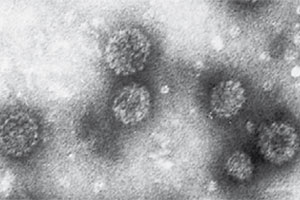The most common pathologies are:
– Syphilis: the spirochaete Treponema pallidum is responsible for this infectious disease. It is characterized by the presence of chancres on the genitals. These are ulcerations that appear in the first stage of the disease, housed mainly in the external reproductive organs, they secrete a yellowish substance. In its most critical stage, it causes nervous system disorders, even dementia.
– Human papilloma virus: caused by a microorganism (there are over 100 varieties) responsible for infecting some structures and tissues of the reproductive apparatus of both men and woman. One of the most visible signs in women is the appearance of genital warts, as well as warts in the surface of the cervix (it causes considerable damage in this area). It is said that this virus is one of the causes of cervical cancer.
– Candidiasis: it is an infection caused by the Candida genus of fungi, which normally affects the mucosas of the body. In women, the Candida albicans type of fungi mainly hinders the vaginal mucosa, swelling it and causing vaginitis. This alteration usually causes abnormal, abundant and foul-smelling vaginal secretion. Sometimes it causes stinging and itchiness.
– Gonorrhea: originated by the microorganism Neisseria gonorrhoeae, which inflames the mucosa of the genital tract, causing nasty secretions (yellowish-green), pain in urination and itchiness. It can cause infertility in some women.
– Acquired Immunodeficiency Syndrome (AIDS): it is a disease caused by the human immunodeficiency virus (HIV). Sex is the most common way to catch it; for years, the person can be a carrier of the virus (approximately 10 years) without presenting symptoms. When it activates, it attacks and destroys the lymphocytes, the body’s defensive barrier, making it susceptible to different diseases, which finally cause death.








 Muere Evita
Muere Evita